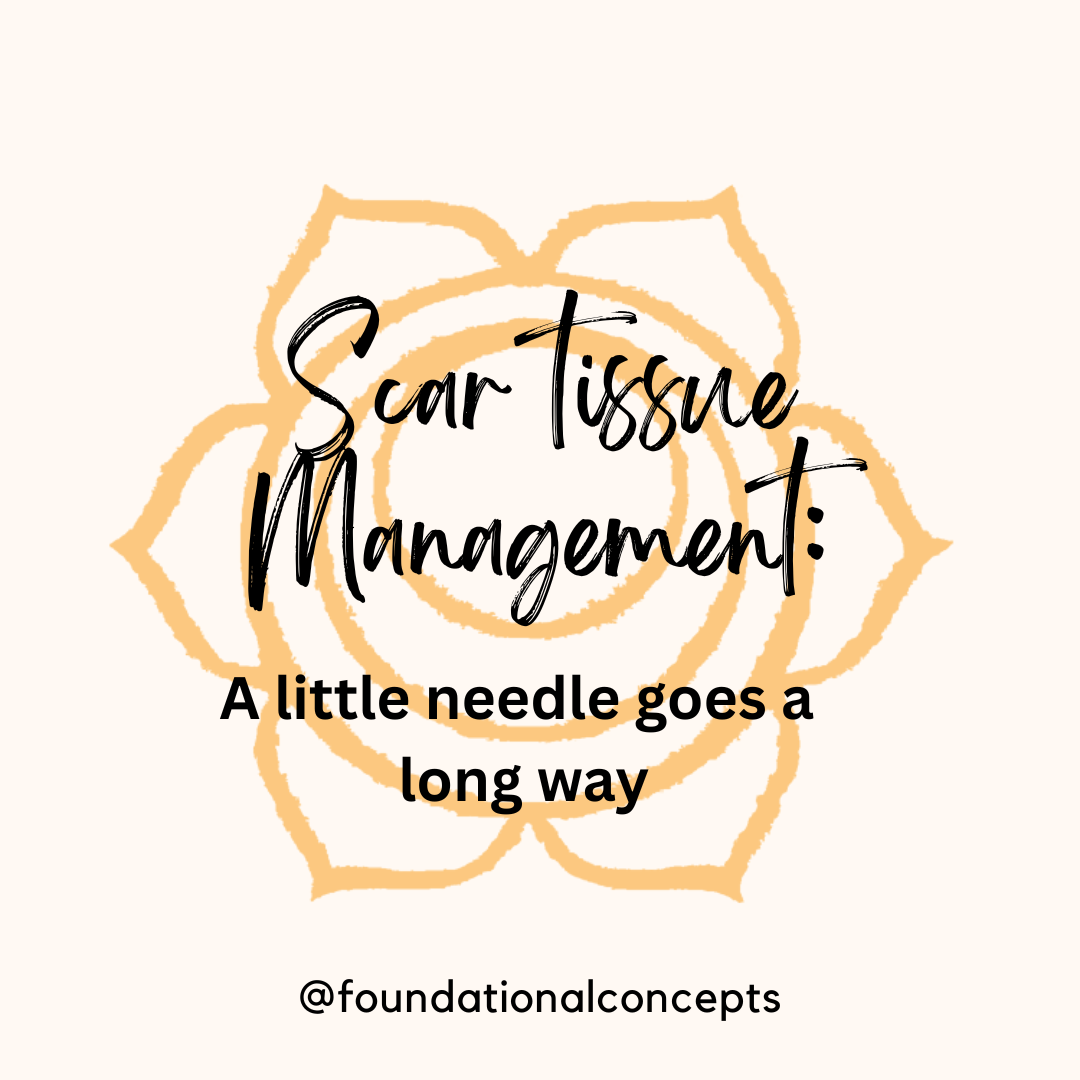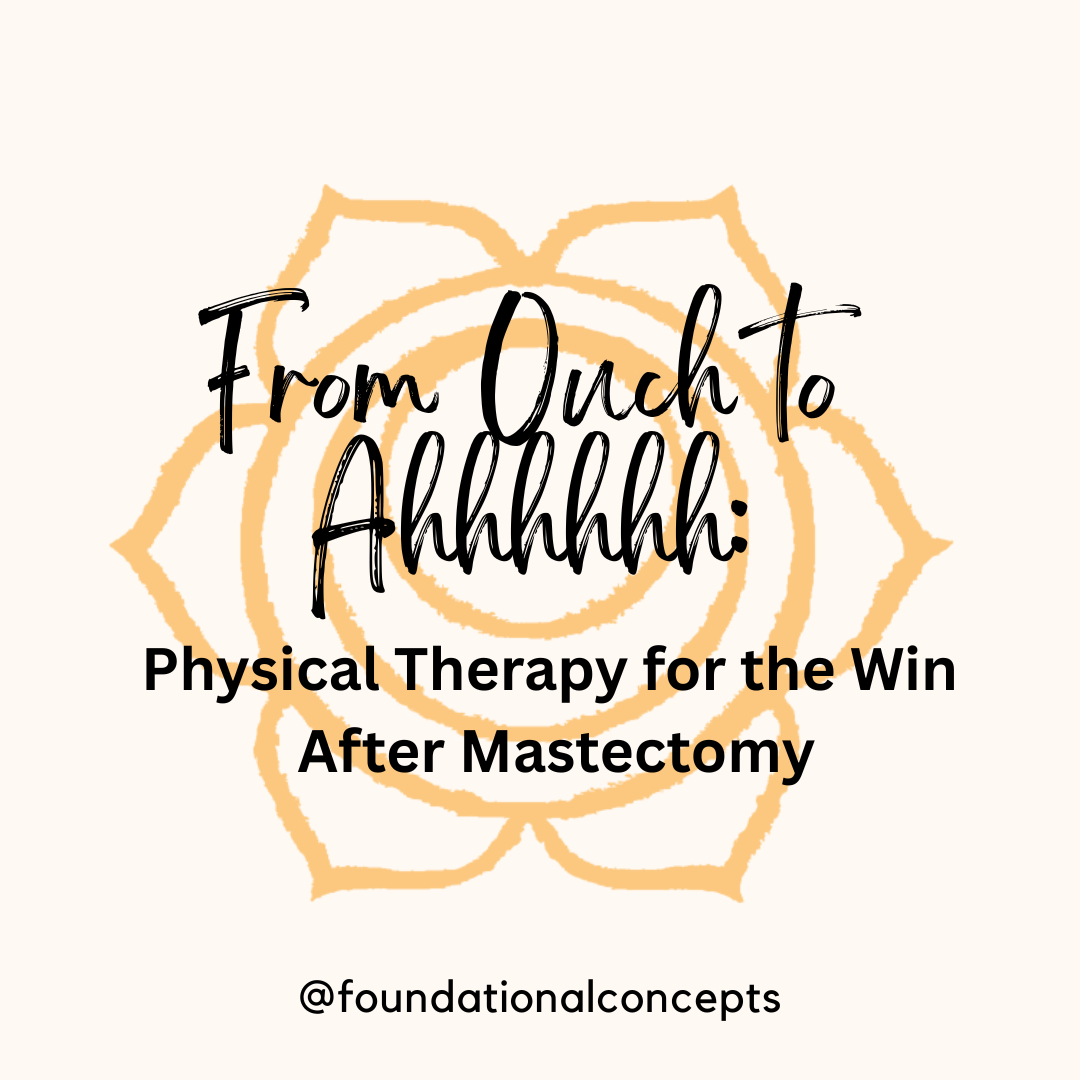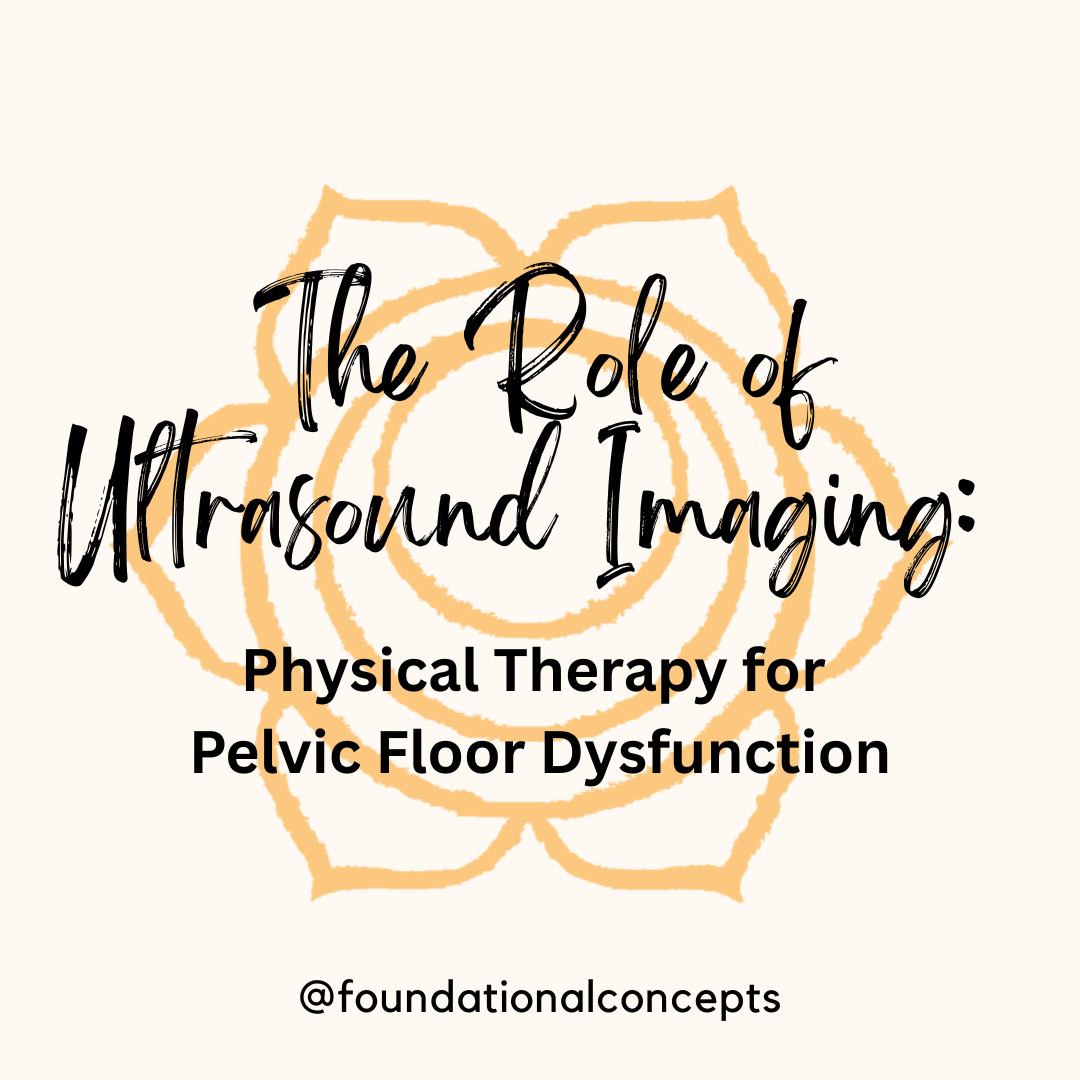
Scar Tissue Management: a little needle goes a long way
Scar tissue is a natural part of healing after surgery, injury, or trauma — but it doesn’t always heal in a way that supports normal movement and comfort. Often, scars create fascial restrictions, limit flexibility, and cause chronic pain long after the initial wound has closed. Fortunately, one powerful tool in the physical therapist’s arsenal for addressing these issues is dry needling.
Although dry needling is widely known for treating muscle trigger points, it’s also incredibly effective for releasing scar tissue adhesions and fascial tightness. In this blog, we’ll explore how dry needling works to improve scar mobility, reduce pain, and restore function — and why it’s essential to see a skilled, licensed physical therapist for this treatment.
Dry needling is a specialized technique used by physical therapists where thin, sterile monofilament needles are inserted into targeted tissues — including muscles, fascia, and scars — to stimulate healing, release tightness, and reduce pain.
Unlike acupuncture, which is based on traditional Chinese medicine and energy flow (Qi), dry needling is targets specific structures that are dysfunctional or painful.
Dry needling can be used to treat:
- Chronic or acute muscle pain
- Post-surgical scar tissue
- Fascial adhesions that restrict mobility
- Pain from nerve entrapments
- Inflammatory or fibrotic tissue changes (after radiation, surgery, or injury)
Scar tissue forms as a result of trauma — whether from surgery, injury, or even burns. While some scars heal without issue, others become problematic when they:
- Adhere to underlying muscles or fascia
- Interrupt lymphatic or blood flow
- Alter movement patterns
- Contribute to nerve sensitivity
Over time, scar tissue can act like super glue between skin, fascia, and muscle — locking layers together that should glide freely. This results in:
- Limited range of motion
- Postural changes
- Compensatory movement patterns
- Chronic pain or hypersensitivity
Traditional manual therapies — like scar massage or myofascial release — are often helpful. However, in cases of deep scar tissue or fascial restriction, dry needling can reach tissues that hands simply cannot.
Dry needling for scar tissue is different from needling for muscle knots or trigger points. When treating scars or fascial adhesions, the goal is not to release a tight muscle but to stimulate remodeling in dense, non-elastic tissue. Here’s how it works:
- Mechanical Disruption
The insertion of the needle creates micro-lesions in the scar tissue or fascia, disrupting adhesions and breaking up disorganized collagen fibers.
- Improved Circulation
The body responds to the micro-injury by sending blood, oxygen, and immune cells to the area, promoting healing and remodeling of the scar.
- Neural Desensitization
Dry needling can help calm hypersensitive nerves that are entrapped or irritated by scar tissue, reducing pain and abnormal sensation.
- Fascial Mobility
By targeting fascial planes, dry needling helps restore glide between tissue layers, improving mobility and reducing stiffness.
- Stimulation of Fibroblasts and Collagen Remodeling
Research shows that dry needling may stimulate fibroblasts, the cells responsible for producing collagen, encouraging the formation of more pliable and functional tissue.
Differences Between Dry Needling for Trigger Points vs. Scar Tissue
While both dry needling for trigger points and dry needling for scar tissue involve the use of thin needles, dry needling for trigger points and dry needling for scars/fascia serve different purposes and are applied differently.
| Dry Needling for Trigger points | Dry Needling for Scar Tissue/Fascia |
| Targets hyperirritable muscle knots | Targets fibrotic scar tissue and fascial adhesions |
| Elicits a local twitch response to release the muscle | Does not aim for a twitch, but for tissue remodeling |
| Used for muscle spasms in any part of the body | Used for post-surgical scars or fascial tightness |
| Focus is on neuromuscular reset and reducing muscle tone | Focus is on collagen realignment, blood flow, and tissue mobility |
Both techniques can be incredibly effective, but they must be applied appropriately based on the underlying tissue dysfunction.
Dry needling for scar and fascial work is used in a wide variety of clinical situations, including:
- Post-mastectomy scars (chest, axilla)
- C-section or abdominal surgery scars
- Orthopedic surgical incisions
In each of these cases, scar-related restrictions may not only cause localized discomfort but also affect joint mechanics, posture, and movement quality.
Dry needling is a powerful intervention — but only when performed safely and correctly. That’s why it’s essential to see a physical therapist who has:
- Advanced training in dry needling techniques
- A deep understanding of anatomy, physiology, and tissue healing
- Experience in treating post-surgical and scar-related dysfunction
- Skills in complementary manual therapy and therapeutic exercise to maximize results
When working around scars, nerves, or sensitive areas, precision and clinical judgment are critical. Improper technique or poor understanding of tissue layers can lead to discomfort, bruising, or in rare cases, injury.
Your physical therapist will also ensure that dry needling is integrated into a comprehensive plan of care, which may include:
- Scar mobilization and massage
- Stretching and strengthening exercises
- Postural training
- Breathwork or rib mobility
- Patient education for home care
This holistic approach ensures the benefits of dry needling are long-lasting and functional — not just temporary relief.
After dry needling, especially for scar tissue or fascia, you may experience:
- Soreness in the treated area (like a deep bruise feeling)
- Increased mobility or range of motion
- Tingling or nerve “waking up” sensations
- Mild redness or warmth as blood flow increases
These effects are usually temporary and subside within 24–48 hours. Your therapist will guide you on aftercare, such as light movement, hydration, and avoiding strenuous activity immediately afterward.
Scar tissue and fascial restrictions can quietly sabotage your mobility, posture, and comfort — long after surgery or trauma. While manual therapy and exercise are essential parts of recovery, dry needling offers a unique way to access and release deeply adhered or dysfunctional tissue that may be resistant to other interventions.
When performed by a skilled physical therapist, dry needling can:
- Restore tissue glide
- Reduce pain
- Improve posture and movement
- Empower long-term recovery
If you’re dealing with a stubborn scar, tightness, or unexplained pain around a surgical or injury site, talk to a physical therapist trained in dry needling. Healing is possible — and sometimes, all it takes is the right tool in the right hands.
Disclaimer: This blog is here for your help. It is the opinion of a Licensed Physical Therapist. If you experience the symptoms addressed you should seek the help of a medical professional who can diagnose and develop a treatment plan that is individualized for you.









